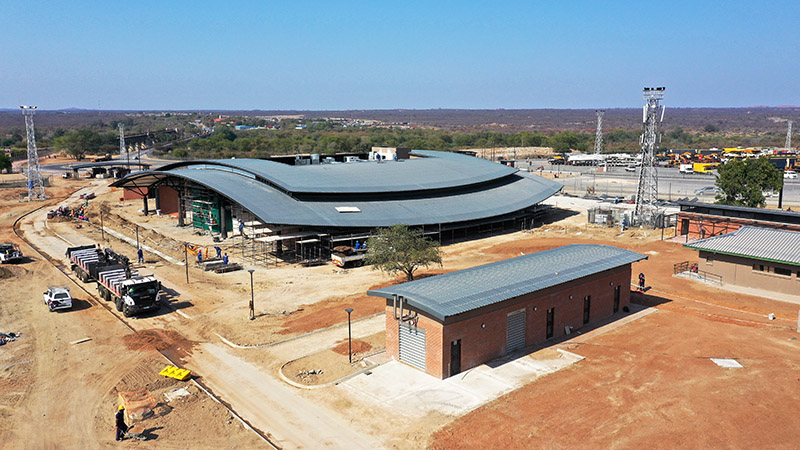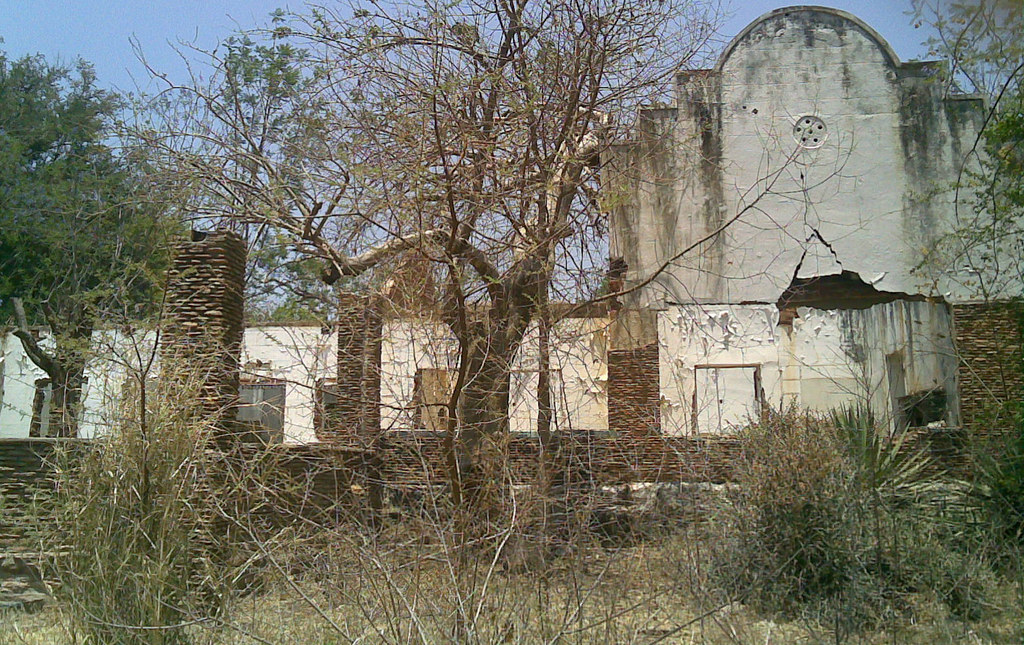Nestled along the eastern border of Zimbabwe, Chimanimani National Park emerges as a captivating tapestry of rugged mountains, lush valleys, and vibrant ecosystems. This mountainous haven declared a national park in 1949, boasts staggering biodiversity, breathtaking landscapes, and a rich cultural heritage, making it a magnet for adventure seekers, nature enthusiasts, and history buffs alike.
Whether you’re a seasoned trekker yearning for challenging ascents or a casual explorer seeking serenity amidst nature’s wonders, Chimanimani National Park offers something for everyone. Delve into this comprehensive guide to unlock the secrets of this remarkable heritage site, both for Zimbabweans and international visitors seeking an unforgettable encounter with the Zimbabwean wilderness.
Weather Wonders of Chimanimani
Temperatures:
The park experiences a subtropical climate with distinct wet and dry seasons. The dry season (April-October) offers pleasant temperatures ranging from 15°C to 25°C, while the wet season (November-March) sees warmer temperatures (20°C-30°C) and higher rainfall.
Rainfall:
The park receives abundant rainfall, averaging around 1,800mm annually, concentrated in the wet season. This contributes to the lush vegetation and cascading waterfalls that characterize the landscape.
Altitude:
Due to the park’s mountainous terrain, temperatures can drop significantly with altitude. Be prepared for cooler nights and potentially chilly mornings, especially at higher elevations.
Pro Tip:
Pack for diverse weather conditions, including warm layers for evenings, rain gear, sunscreen, and a hat for sun protection.
Also Read: Victoria Falls Safari Lodge: Luxurious Retreat with Wilderness Panorama
Where is Chimanimani National Park?
Location:
The park is situated in the Eastern Highlands of Zimbabwe, bordering Mozambique to the east. It falls within the Chimanimani District, Manicaland Province.
GPS Coordinates:
19°S 33°E
Distance from Harare:
Approximately 413 km by road (around 6 hours drive).
Distance from Mutare:
Approximately 150 km by road (around 2 hours drive).
Unveiling the History of Chimanimani
Chimanimani was founded by the brothers Thomas Moodie and Dunbar Moodie in 1892. In 1895, it was moved to its current site and was officially named Melsetter after Moodie’s family home in Orkney, Scotland. Following Zimbabwe’s independence in 1980, the town’s name was changed to Mandidzudzure in 1982. However, after consultation with the population, the name was changed back to Chimanimani.
Chimanimani Mountains
The Chimanimani Mountains, forming the heart of the park, hold significant cultural and spiritual meaning for the local communities. The name “Chimanimani” translates to “Place of Mist” in the Shona language, reflecting the mystique and awe these peaks inspire. The area has been inhabited for centuries, with evidence of early settlements and traditions passed down through generations.
The Chimanimani Mountains are a short 18 km (11 mi) drive from the village. There are numerous hiking trails throughout the rugged Chimanimani range. Local guides are available. For adventure activities, there is an Outward Bound centre nearby. It offers a range of activities and life-skill programs, accommodation and camping facilities, and access to the Paradise Pool. Other attractions in the Chimanimani Mountain range include the Nyakwaha and Haroni Botanical Reserves, as well as the Haroni and Mukurupiri waterfalls.
Indigenous Significance: The mountains hold spiritual significance for the Barwe people, who believe the spirits of their ancestors reside within the peaks. Traditional ceremonies and rituals are still practiced in certain areas of the park.
Early Exploration: European explorers first documented the Chimanimani Mountains in the late 19th century, drawn by their imposing presence and diverse landscapes.
Conservation Efforts: The establishment of Chimanimani National Park in 1949 aimed to protect the unique biodiversity and cultural heritage of the area. Ongoing conservation efforts ensure the long-term sustainability of this precious ecosystem.

A Comprehensive Guide to Chimanimani National Park
Activities To Do in Chimanimani
Hiking & Trekking:
Embark on challenging climbs like the iconic “World’s End” trail or explore scenic pathways like the Bridal Veil Falls route.
Rock Climbing:
The sheer rock faces of the Chimanimani Mountains attract experienced climbers seeking exhilarating ascents.
Birding:
The park is a haven for birdwatchers, with over 270 recorded species, including endemic montane birds.
Camping:
Immerse yourself in the wilderness by camping under starry skies at designated campsites.
Cultural Encounters:
Engage with the local communities and learn about their traditional practices and way of life.
Photography:
Capture stunning landscapes, diverse flora and fauna, and unique cultural moments.
Pro Tip:
Check with ZimParks authorities for permits and regulations pertaining to specific activities.



